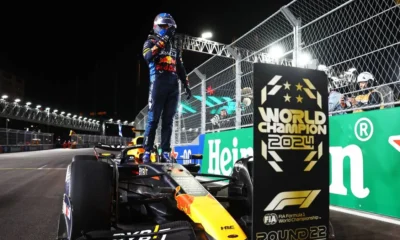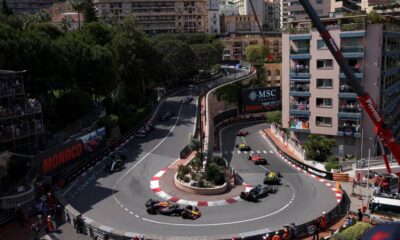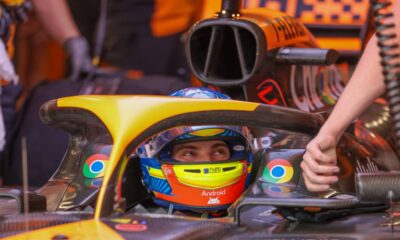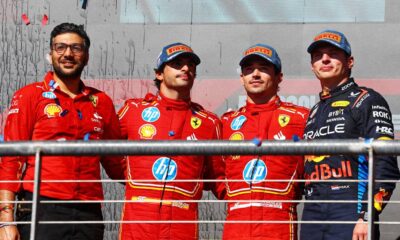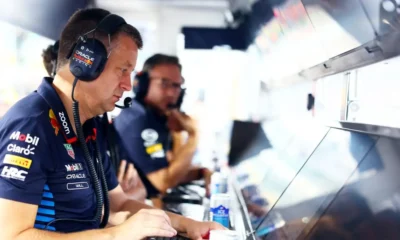Motorsport
First time behind the Iron Curtain! 36 years ago, the first Hungarian Formula 1 Grand Prix took place
There aren’t too many moments in Formula One history that are as groundbreaking and significant as August 10, 1986. For on that day, the first ever F1 Grand Prix was held in the then Eastern Communist Bloc.
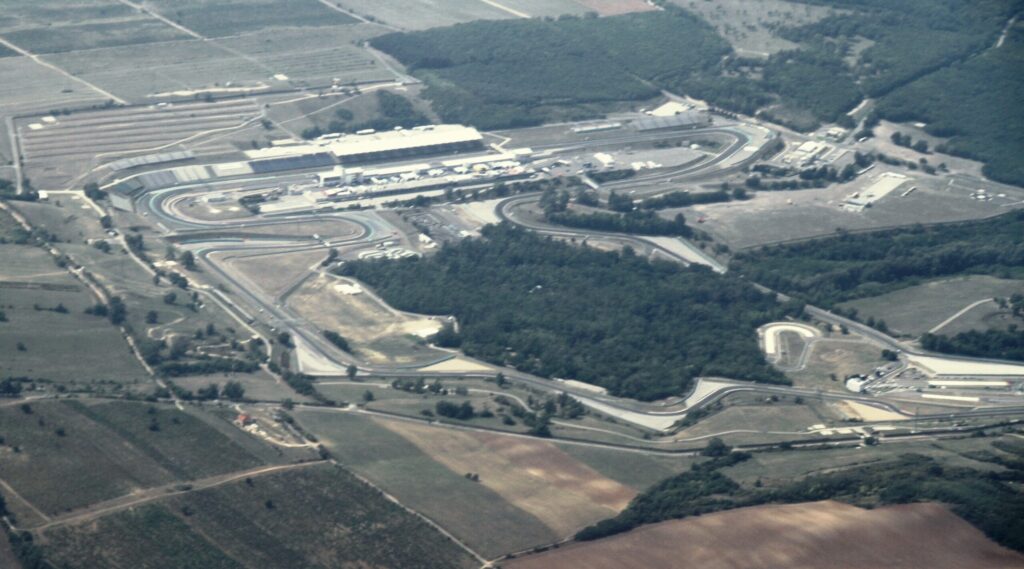
There aren’t too many moments in Formula One history that are as groundbreaking and significant as August 10, 1986. For on that day, the first ever F1 Grand Prix was held in the then Eastern Communist Bloc. The Hungarian Hungaroring subsequently became an important part of the calendar of the Queen of Motorsport.
Almost unnoticed was the news of the possible inclusion of the Hungarian Grand Prix in the 1986 Formula One World Championship calendar. The idea of Grand Prix monopoles returning to Hungary fifty years after the last race at the Budapest park was a bit fanciful. However, the enthusiasm of the Hungarian Automobile Federation did not prevent perhaps the most capitalist professional sport in the world from entering an Eastern Bloc country for the first time.
I’d rather have a full-fledged racetrack than a return to the streets
Right from the start of the Grand Prix planning, it was clear that a race on the streets of a Hungarian city was out of the question. Not even the capital city of Budapest, where the pre-war Grand Prix races were held, could realistically welcome back the most sophisticated cars on the planet.
Instead, it was decided to build a brand new race track 20 kilometres northeast of Budapest. For a circuit that measured just over four kilometres, a valley was found right next to one of Hungary’s main highways.
But the riders were not too keen on the track named Hungaroring. According to them, the circuit offered no long straights and no fast corners. Instead, the Hungaroring was characterised by slow and tightly following corners that did not allow riders to easily overtake others.
Despite this, the organisation of the grand prix was much praised. Comparisons were particularly drawn to the Jerez venue, which was also the venue of the premiere F1 race. There were not even many soldiers on the premises, which surprised and surprised many spectators (mainly from the western states).
The premiere race in Hungary thrilled with a battle of phenomenal Brazilians
For Sunday’s race, temperatures at the Hungaroring were in excess of 37°C. But even that didn’t deter the 120,000 fans from watching the first ever Grand Prix behind the green curtain. Even the country’s president and several ministers didn’t miss the groundbreaking event.
Ayrton Senna was the fastest in the practice sessions in his Lotus, which gave him his thirteenth career pole position. After the start, the Brazilian held on to the lead ahead of Nigel Mansell and Nelson Piquet.
The race was characterised by a duel between Senna and Piquet, who had already worked his way past Mansell into second place on lap three. On lap 10, Piquet signalled an attack on his Brazilian teammate. However, on the following lap Piquet was able to deal with Senna, who came under pressure from Prost.
The middle part of the race didn’t bring much action. Senna made a comeback through the pit stops to take the top spot, but gradually lost momentum towards the end of the grand prix. With 22 laps to go, a hungry Piquet latched onto his rear, looking to record his third win of the season. The two drove side-by-side on the main straight, but Piquet went too fast into the first corner, allowing Senna to regain the race lead.
Two laps later, Piquet attempted a manoeuvre on the outside. In doing so, he locked up his rear wheels and slid past Senna’s Lotus on the dirt section of the track. Incomprehensibly but famously, he found himself on the exit of the corner ahead of his compatriot. A breathtaking performance from two of the best drivers of the day!
In the end, Piquet won by seventeen seconds from Senna. They even gave Mansell third a full lap. That’s how dominant these Brazilians were in the first Hungarian Formula One Grand Prix.
The Hungarian Grand Prix as a harbinger of a brighter future
A brand new event on the F1 calendar proved that even countries east of the Iron Curtain can organise an event of the calibre of the Formula One World Championship. While it was not the most spectacular grand prix of the 1986 season, it was still a successful debut at the new Hungarian circuit, at least in terms of the organisation of the event.
The Hungaroring circuit has subsequently changed over time. Already in 1989, the winding section at the site of today’s Turn 3 disappeared. However, the faster approach to the left-hand fourth corner did not help to improve overtaking.
Over the next thirteen years, Hungaroing earned the nicknames “Monaco without houses”, “Monaco without barriers” or “Mickey Mouse track”. Even the current configuration of the circuit, which was first introduced in the 2003 season, has not taken away Hungaroring’s charm.
The 1986 Hungarian Grand Prix was a clear sporting harbinger that the end of the Cold War was slowly but surely approaching. In just three years it was already happening. However, the economic damage that communism had done in the Eastern European countries has not been repaired to date (and probably never will be). But it is abundantly clear that 10 August 1986 will forever go down as one of the breakthrough days not only for Formula One, but for the sporting world as a whole.
Source: Motorsport Magazine (9/1986)

